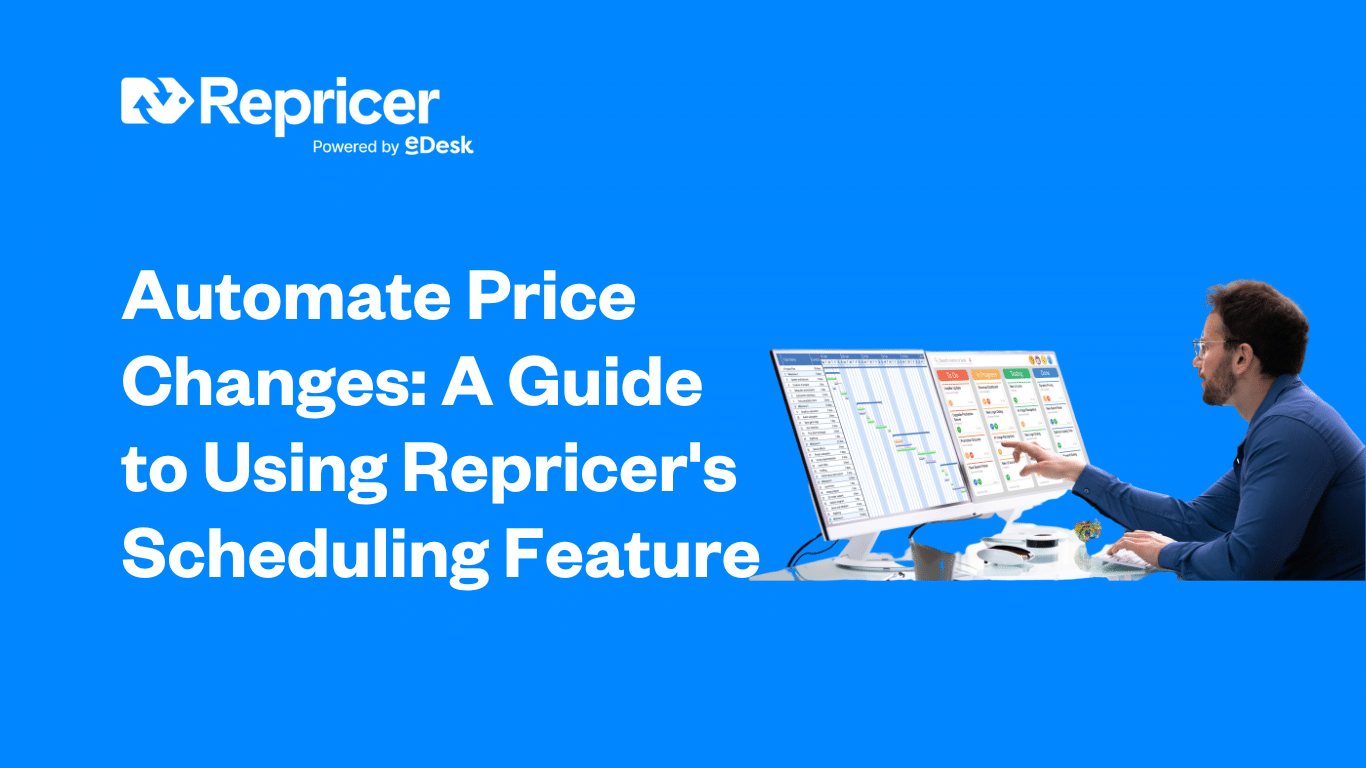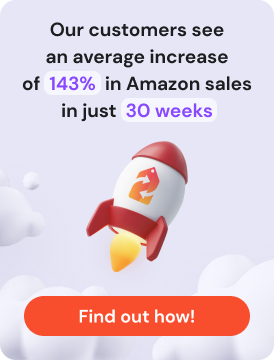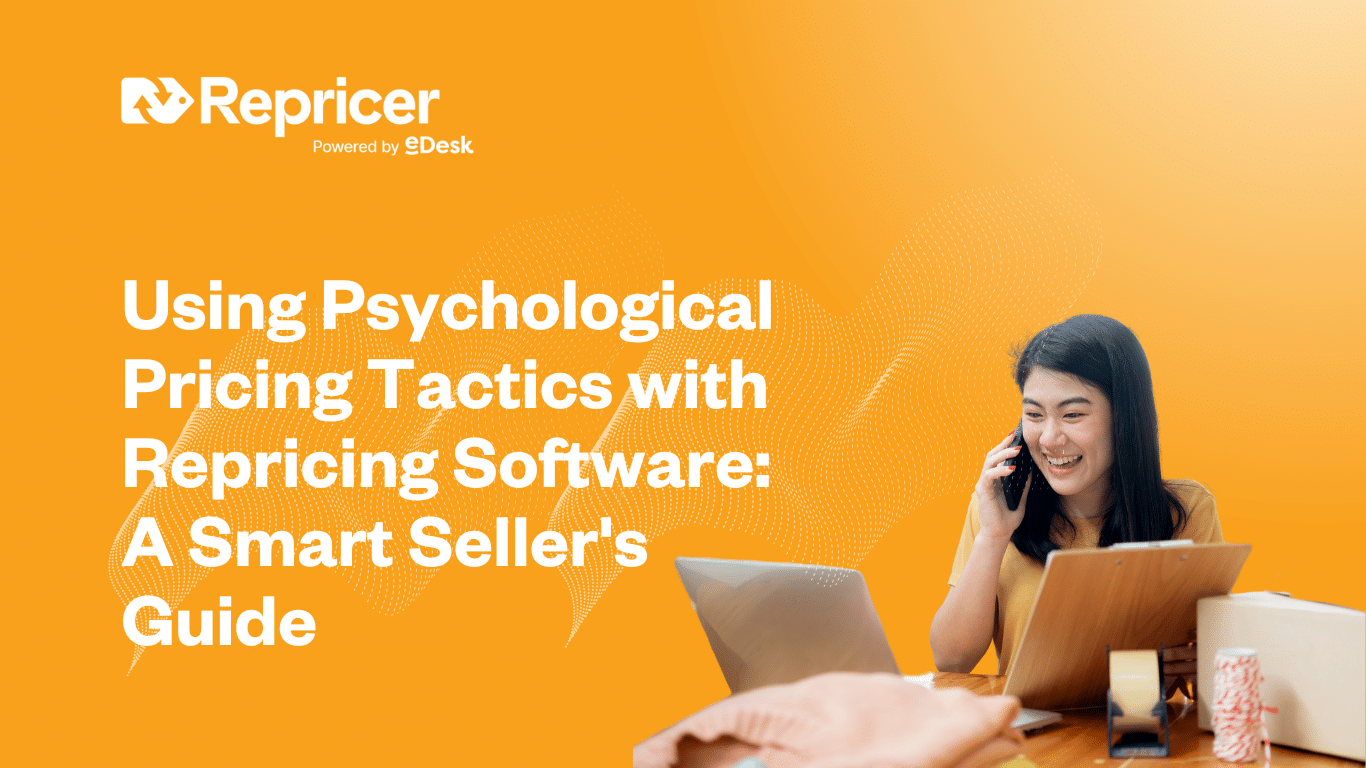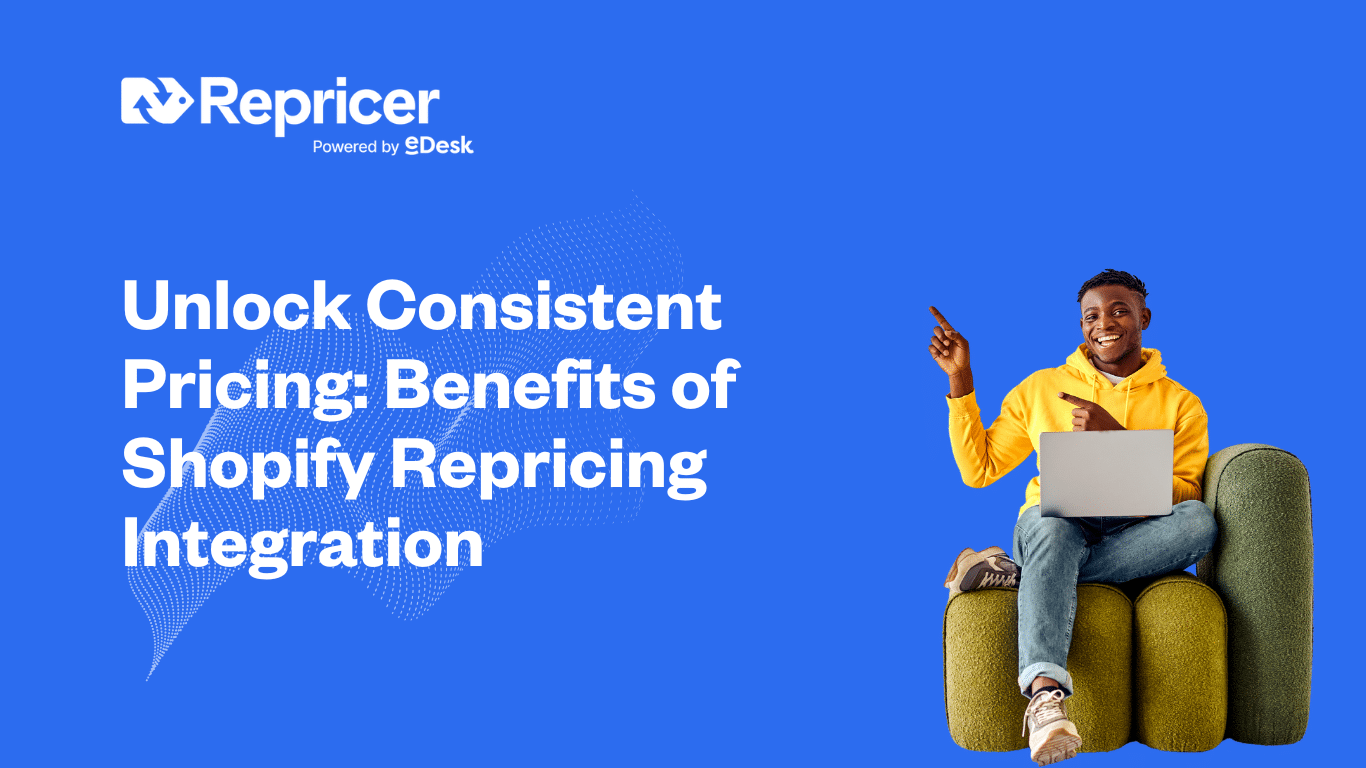Picture this: It’s 2 AM, and while you’re fast asleep, your Amazon business is still working for you. Your prices are automatically adjusting for the night shift shoppers, your weekend pricing strategy kicks in just as the Saturday morning browsers start their shopping, and your promotional periods begin and end exactly when you planned them. This isn’t a dream—it’s what happens when you master the repricer scheduling feature.
In the current eCommerce landscape, timing is critical; it can determine whether you secure the Buy Box or allow competitors to take your sales. With 71% of Amazon shoppers looking for the lowest price and the marketplace moving at lightning speed, manual price adjustments simply can’t keep up. That’s where automated scheduling transforms your pricing strategy from reactive to proactive.
What Is the Repricer Scheduling Feature?
The repricer scheduling feature is your pricing autopilot, designed to automate price changes based on specific times, days, or periods you define. Instead of manually adjusting prices for different scenarios, you can set up time-based repricing rules that work around the clock, ensuring your products are competitively priced exactly when your target customers are shopping.
Think of it as having a dedicated pricing manager who never sleeps, never forgets, and executes your pricing strategy with precision timing. Whether you want different prices for weekdays versus weekends, need to pause repricing during inventory restocking, or want to schedule promotional pricing for flash sales, the scheduling feature handles it all automatically.
Strategic Uses for Scheduled Repricing
Dayparting: Maximize Revenue Around the Clock
Automate pricing dayparting by setting different pricing strategies for different times of day. Research shows that online shopping patterns vary significantly throughout the day, with peak hours often seeing higher conversion rates even at slightly elevated prices.
For example, if your data shows that customers are willing to pay premium prices during evening hours (when they have more time to browse and decide) but are more price-sensitive during lunch breaks (when they’re quickly comparing options), you can automate pricing dayparting to reflect these patterns.
Weekend Pricing Strategy Implementation
Many sellers notice different buying behaviors between weekdays and weekends. Implement a comprehensive weekend pricing strategy that automatically adjusts your prices every Friday evening and reverts them Monday morning. Weekend shoppers often have more time to research and might be less price-sensitive for certain product categories, while weekday shoppers might be making quick, price-focused decisions.
Schedule Price Changes Amazon Sellers Need
Beyond basic time-based adjustments, advanced sellers schedule price changes for:
- Inventory-driven pricing: Higher prices when stock is low, competitive prices when inventory is abundant
- Seasonal demand fluctuations: Automatic price increases during known high-demand periods
- Competitive response timing: Scheduled price checks during competitors‘ typical adjustment windows
- Cash flow optimization: Strategic pricing to boost revenue during specific business periods
Step-by-Step Setup Guide
Setting Up Your First Scheduled Rule
- Access Your Repricer Dashboard: Navigate to your Repricer Features section and select „Scheduling.“
- Define Your Time Parameters: Choose whether you want daily, weekly, or custom date range scheduling. For weekend pricing strategy, select weekly and specify Friday evening through Sunday night.
- Set Your Pricing Rules: Configure the specific pricing strategy for your scheduled period. This might include:
- Maximum and minimum price boundaries
- Competitor-based adjustments
- Margin protection settings
- Buy Box targeting parameters
- Configure Promotional Period Pricing: For limited-time offers, set start and end dates for your promotional pricing. The system will automatically revert to your standard rules when the promotion ends.
Advanced Scheduling Configurations
Time-Based Repricing Rules for Complex Strategies:
- Layer multiple rules for different product categories
- Set priority levels when rules conflict
- Configure backup rules for out-of-hours repricing scenarios
- Establish competitor activity timing responses
Out-of-Hours Repricing Setup: Many sellers pause aggressive repricing during their business hours to maintain more control, then activate automated competitive pricing during off-hours when they can’t monitor manually.
Real-World Use Cases and Success Stories
Flash Sale Automation Success
Consider Sarah, who sells home goods on Amazon. She discovered that flash sales work best when launched at 6 PM EST on Thursdays, targeting weekend planners. Using scheduled repricing, she automates a 20% price reduction every Thursday at 6 PM for 48 hours, automatically reverting to regular prices Saturday evening. This automation has increased her weekly sales volume by 35% while requiring zero manual intervention.
Inventory-Driven Weekend Strategy
Electronics seller Mike uses scheduled repricing to implement a sophisticated inventory management approach. When his stock levels are healthy, the system automatically reduces prices by 5-8% on weekends to capture price-sensitive shoppers. When inventory drops below 10 units, weekend pricing stays competitive but doesn’t undercut profit margins. This dynamic approach has improved his inventory turnover rate by 28%.
Seasonal Demand Management
The data supports strategic seasonal pricing: businesses using automated seasonal pricing adjustments report 15-25% revenue improvements during peak periods compared to static pricing approaches. For more insights on this topic, check out our guide on Repricing Seasonal Demand.
Best Practices for Scheduled Repricing
Timing Your Price Changes Strategically
Monitor Competitor Activity Timing: Most competitors adjust prices during business hours. Schedule your most aggressive moves during their off-hours to capture maximum advantage.
Understand Your Customer Patterns: Use your Insights data to identify when your customers are most active and price-sensitive.
Test and Optimize: Start with conservative schedules and gradually refine based on performance data.
Common Pitfalls to Avoid
- Over-scheduling: Don’t create so many overlapping rules that they conflict or confuse your strategy
- Ignoring inventory levels: Always factor current stock levels into your scheduled pricing decisions
- Forgetting about margins: Ensure your automated rules still protect your profit margins
- Setting and forgetting: Regularly review and adjust your scheduled rules based on performance
The pricing optimization software market is projected to reach $11.22 billion by 2031, growing at a CAGR of 16.16%, highlighting how critical automated pricing has become for e-commerce success.
Advanced Scheduling Strategies
A/B Testing Pricing Schedule
Use scheduled repricing to run controlled A/B tests on your pricing strategies. Split your catalog and test different weekend pricing approaches, then analyze which performs better over a 4-6 week period.
Multi-Channel Coordination
If you sell across multiple platforms, coordinate your scheduled price changes to maintain brand consistency while optimizing for each platform’s unique characteristics.
Competitive Intelligence Integration
Advanced users integrate competitor monitoring data with their scheduled repricing, automatically adjusting strategies when competitors consistently change prices at specific times.
For a comprehensive overview of strategic approaches, explore our Repricing Strategies resource center.
Measuring Success and Optimization
Key Metrics to Track
- Buy Box win rate during scheduled periods versus standard pricing
- Sales velocity changes during different time-based pricing strategies
- Profit margin maintenance across all scheduled periods
- Inventory turnover improvements from strategic scheduling
Continuous Improvement
The most successful sellers treat their scheduled repricing as a living system, constantly refining based on:
- Seasonal performance data
- Competitive landscape changes
- Customer behavior evolution
- Market condition shifts
Getting Started Today
The repricer scheduling feature transforms reactive pricing into a proactive competitive advantage. Start with a simple weekend pricing strategy or basic promotional period pricing, then gradually expand your automation as you gain confidence and data.
Remember, in a marketplace where 61% of Amazon sellers plan to set up PPC campaigns and 69% will look for new products to sell in 2025, automated pricing gives you a significant edge over competitors still managing prices manually.
Ready to automate your pricing strategy? The scheduling feature is just one component of a comprehensive repricing approach. Combined with competitive intelligence, margin protection, and strategic timing, it becomes a powerful tool for sustainable Amazon success.
Whether you’re implementing automated pricing dayparting for the first time or refining an existing weekend pricing strategy, the key is to start systematically, measure results, and continuously optimize. Your competitors might be sleeping, but with scheduled repricing, your business never rests.




